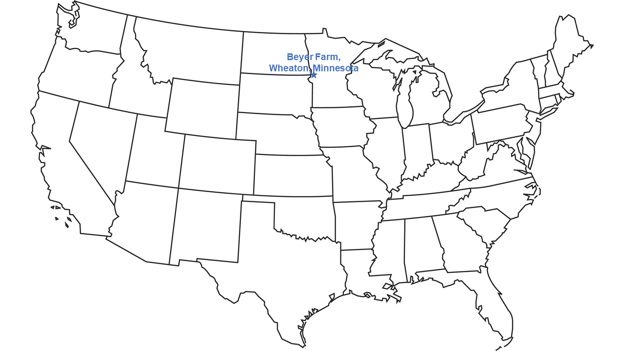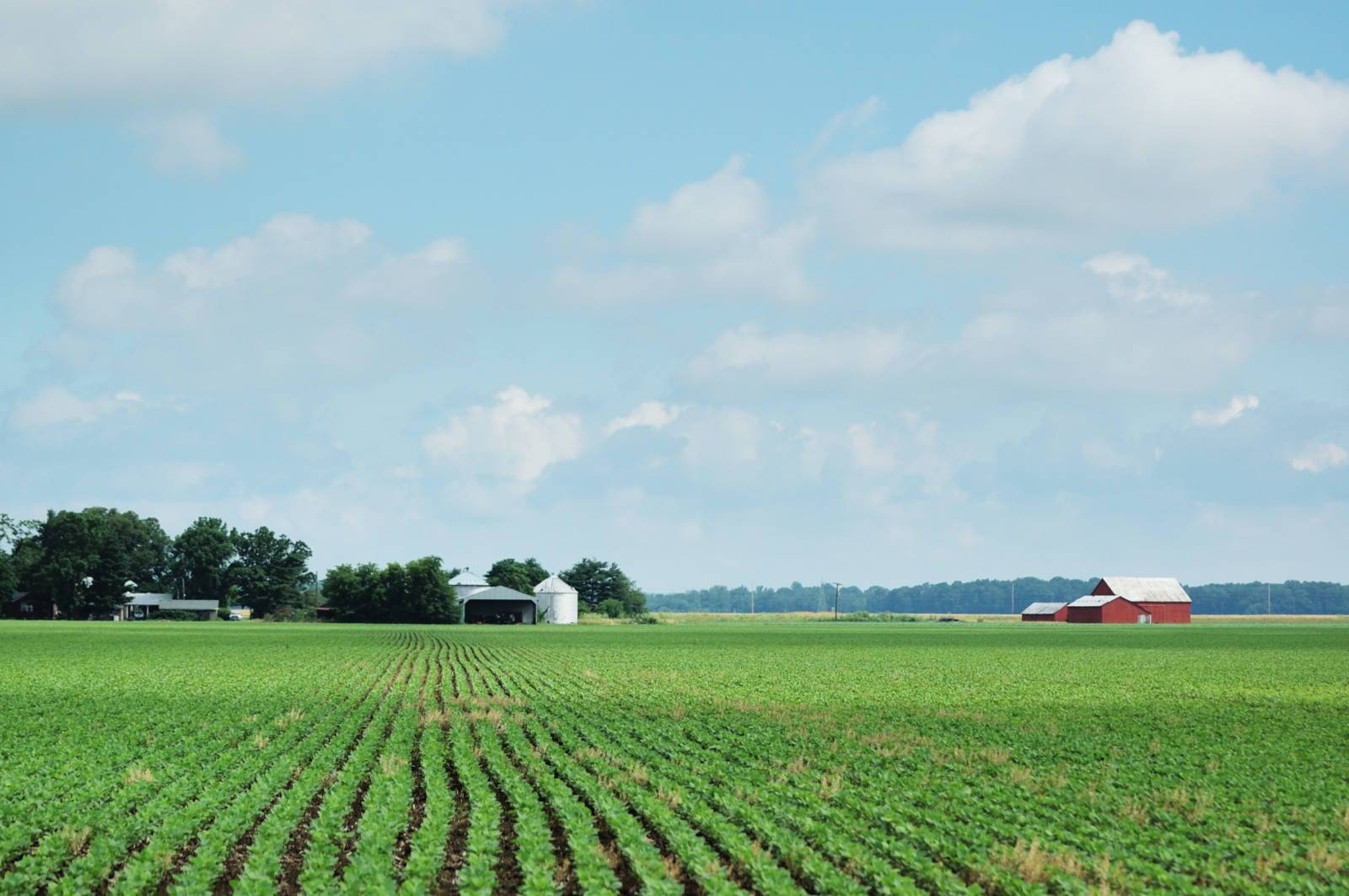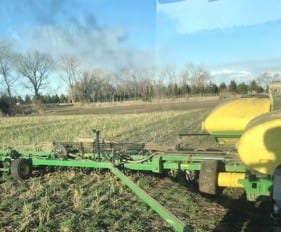 Planting has been going very well in our area of Minnesota in the north-central U.S. Midwest. We were able to start planting around April 18, which was our goal. We planted crops for about a week and a half before some rain kept us out of the field for a bit, but we have returned to planting.
Planting has been going very well in our area of Minnesota in the north-central U.S. Midwest. We were able to start planting around April 18, which was our goal. We planted crops for about a week and a half before some rain kept us out of the field for a bit, but we have returned to planting.
This spring has been a bit drier than normal, so the top layer of our soil is nice and dry. However, the rain was much appreciated.
When we started, the soil temperatures were a bit cool, but we planted sugar beets first, as they prefer cool soil temperatures. Then, as the soil warmed up, we started planting corn and soybeans. Our crop rotation has helped us manage our workload well.
 By the beginning of May, we had all our sugar beets planted, about 70% of our corn planted, and about 55% of our soybeans planted. We have been moving to fields to plant them as they get dry enough to allow our equipment in the field. We have been able to roll and fertilize crops as they are planted, to ensure that all our crops will get off to a good start. To finish planting, we need just over a week of full days in the field with good weather and working equipment.
By the beginning of May, we had all our sugar beets planted, about 70% of our corn planted, and about 55% of our soybeans planted. We have been moving to fields to plant them as they get dry enough to allow our equipment in the field. We have been able to roll and fertilize crops as they are planted, to ensure that all our crops will get off to a good start. To finish planting, we need just over a week of full days in the field with good weather and working equipment.
We have not experienced any interruptions to planting due to COVID-19. We have no active cases of the virus in our county, and available labor has been able to keep up with our workload.
We also still need to plant our spring wheat. It will grow in fields that we recently bought, so we are adding controlled drainage before we plant. The project required a permit from the watershed district, and it is underway right now.
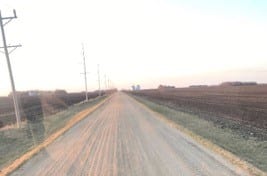 To add controlled drainage, we tile fields, or bury tubes underground that will help the water drain from the soil. We are using pattern tiling, which puts a series of parallel tiles throughout the 53 hectares, or 130 acres, of the fields. Then we add a pump to the system so we can turn that drainage on or off depending on the circumstances. Once tiling is finished, we will be able to plant there.
To add controlled drainage, we tile fields, or bury tubes underground that will help the water drain from the soil. We are using pattern tiling, which puts a series of parallel tiles throughout the 53 hectares, or 130 acres, of the fields. Then we add a pump to the system so we can turn that drainage on or off depending on the circumstances. Once tiling is finished, we will be able to plant there.
Tiling has been a common practice in many areas of the U.S., but it is a newer practice in our area, as over time we’ve seen an increase in precipitation. Our very flat fields can flood easily. Tiling the whole fields to allow the soil to drain helps our crops, but it also improves soil health, but creating a better environment for soil bacteria and microbes.
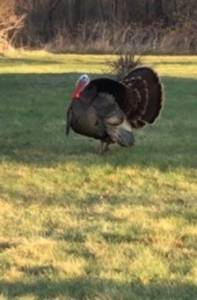 The pump keeps water moving, especially after harvest, prepare the soil to better absorb and hold snow, precipitation and melting in the winter and spring. The pump also helps alleviate flooding. In a flood, we can turn our pump off so that we don’t add to high water levels until the downstream system is ready for it.
The pump keeps water moving, especially after harvest, prepare the soil to better absorb and hold snow, precipitation and melting in the winter and spring. The pump also helps alleviate flooding. In a flood, we can turn our pump off so that we don’t add to high water levels until the downstream system is ready for it.
Other spring work includes pruning grapes and planting additional fruit trees and berry bushes near our small vineyard. And through all this work, we are keeping an eye out for the wildlife that lives on our land – like this wild turkey.
After planting all our fields, we will check to see if any areas need to be replanted, and then start scouting our young crops for pests — weeds, insects and diseases. And we will pick up rocks in area of the field where rocks have been uncovered that could damage our crops and our equipment later in the season.
We are thankful that this spring is going so well on our farm.
